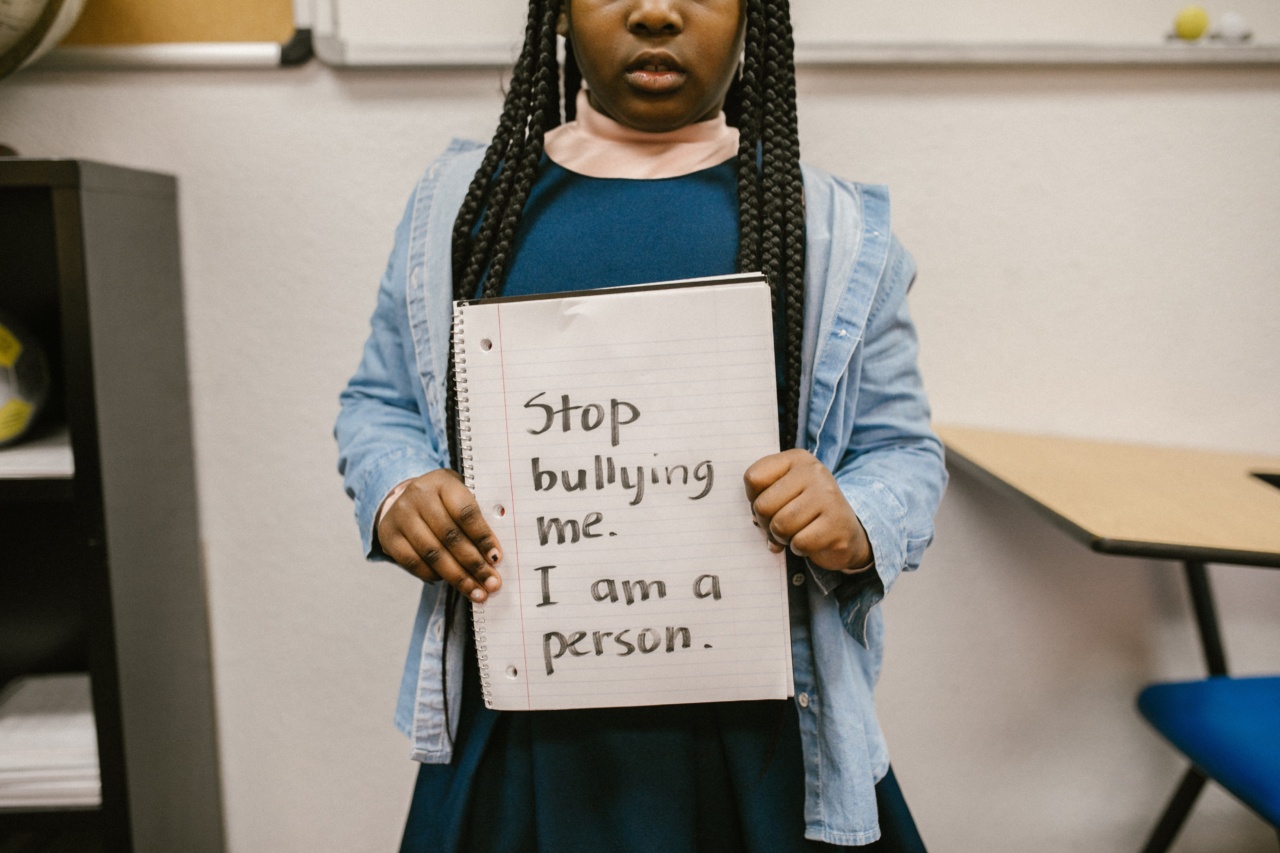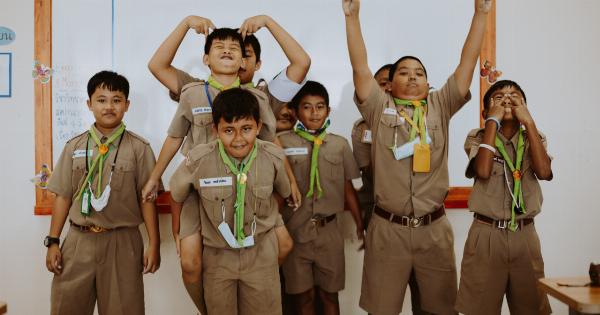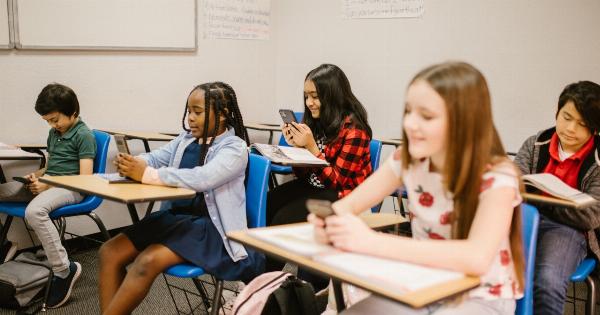Bullying is a pervasive issue that can have long-lasting negative effects on the mental, emotional, and physical well-being of students. It not only hampers their academic performance but also leads to social isolation, anxiety, and even depression.
As educators, administrators, parents, and community members, it is our responsibility to create safe and inclusive environments for all students. In this expert’s guide, we will delve into effective strategies and techniques to prevent bullying at school.
Understanding Bullying: Types and Effects
Before we delve into prevention strategies, it is vital to have a clear understanding of what constitutes bullying. Bullying can manifest in various forms, including verbal, physical, social, and cyberbullying.
Verbal bullying involves using words, insults, or derogatory remarks to belittle or demean others. Physical bullying includes physical aggression, such as hitting, kicking, or pushing. Social bullying aims to damage a person’s reputation or relationships, often through spreading rumors or exclusion.
Cyberbullying occurs through digital platforms, such as social media, where individuals are targeted with hurtful messages, threats, or embarrassing content.
The effects of bullying can be devastating, leaving long-lasting scars on the victims. It can result in diminished self-esteem, increased anxiety, depression, and even suicidal thoughts.
Furthermore, bullying can hinder a student’s academic progress, as the fear and stress associated with the bully can significantly impact their concentration and ability to learn.
Educate Students and Staff
One of the fundamental steps in preventing bullying is to ensure that both students and staff are well-educated about its consequences and ways to address it.
Conduct workshops, seminars, and training sessions for students, teachers, and support staff to raise awareness about bullying, its different forms, and its impact.
Emphasize the importance of respect, empathy, and inclusivity. Teach students about the power dynamics involved in bullying and help them understand the importance of standing up against it.
Encourage open discussions, role-playing exercises, and interactive activities to foster a deeper understanding among students.
Create Clear Anti-Bullying Policies and Procedures
Developing and implementing clear anti-bullying policies and procedures is crucial in fostering an environment where bullying is not tolerated.
Involve various stakeholders, including teachers, parents, administrators, and students, in the creation of these policies to ensure their effectiveness.
Outline the consequences of engaging in bullying behaviors and communicate them clearly to all members of the school community.
Ensure that the policies also outline the support systems available for both victims and perpetrators, as the ultimate goal should be to address the root causes of bullying and rehabilitate those involved.
Promote a Positive School Climate
A positive school climate plays a vital role in preventing bullying. Foster an inclusive and supportive atmosphere where diversity and differences are celebrated. Encourage students to embrace kindness, empathy, and respect for one another.
Establish comprehensive anti-bullying campaigns to promote positive social interactions and discourage negative behaviors.
These campaigns can include activities such as assemblies, peer mentoring programs, and creative contests focused on promoting kindness and empathy.
Recognize and appreciate acts of kindness or positive behavior through awards, certificates, or public acknowledgments. This not only highlights the desirable behaviors but also reinforces the importance of treating others with respect and kindness.
Implement Peer Mediation Programs
Peer mediation programs can be highly effective in preventing bullying and resolving conflicts among students. Train a select group of students to act as peer mediators who can help their peers in resolving conflicts peacefully and constructively.
These peer mediators should be trained in active listening, conflict resolution techniques, and communication skills.
They can intervene when they witness bullying behaviors or when conflicts arise, helping the involved parties find common ground and reach a mutually agreeable resolution.
Strengthen Adult Supervision
Increasing adult supervision in key areas such as hallways, lunchrooms, and playgrounds is crucial to prevent bullying incidents from occurring unnoticed.
Clear visibility discourages potential bullies and provides a sense of security for potential victims.
Encourage teachers and staff members to actively monitor student interactions and intervene whenever necessary.
By actively engaging with students in non-academic settings, educators can foster meaningful relationships and gain a deeper understanding of the dynamics within their classrooms.
Encourage Reporting and Confidentiality
Creating an environment where students feel safe and comfortable reporting incidents of bullying is essential.
Develop multiple reporting mechanisms, such as suggestion boxes, online forms, or designated staff members, to allow students to disclose any incidents of bullying they witness or experience.
Ensure that all reports are treated with utmost seriousness and confidentiality.
Establish a zero-tolerance policy for retaliation against individuals reporting bullying incidents, as encouraging reporting is crucial for effectively addressing the issue.
Cultivate Parent and Community Involvement
Bullying prevention is a collective effort that involves not only the school but also parents, families, and the wider community.
Establish strong partnerships with parents and provide them with resources, guidance, and educational materials on how to identify and address bullying.
Host parent workshops and information sessions to empower families to support their children and recognize signs of bullying.
Encourage parents to communicate openly with teachers and administrators regarding any concerns or incidents their child may have experienced.
Engage community organizations, such as local law enforcement, mental health professionals, and youth agencies, to collaborate in preventing bullying.
These partnerships can provide additional resources, expertise, and support to create a safe and nurturing environment for all students.
Regular Evaluation and Improvement
Bullying prevention efforts should be an ongoing process that requires regular evaluation and improvement. Conduct anonymous surveys to gauge the effectiveness of prevention strategies and identify any gaps or areas that need improvement.
Review and update anti-bullying policies periodically to ensure they align with evolving societal norms and technological advancements. Seek feedback from students, staff, and parents to ensure the policies and strategies remain relevant and effective.
Collaborate with researchers, educational experts, and professionals in the field to stay informed about the latest research, best practices, and innovative approaches in preventing bullying.
Conclusion
Preventing bullying at school is a multifaceted and continuous effort that requires the commitment and collaboration of various stakeholders.
By implementing the strategies discussed in this expert’s guide, schools can create nurturing and inclusive environments where all students can thrive academically, emotionally, and socially. Together, let us strive to eradicate bullying and create a brighter and safer future for our students.




























